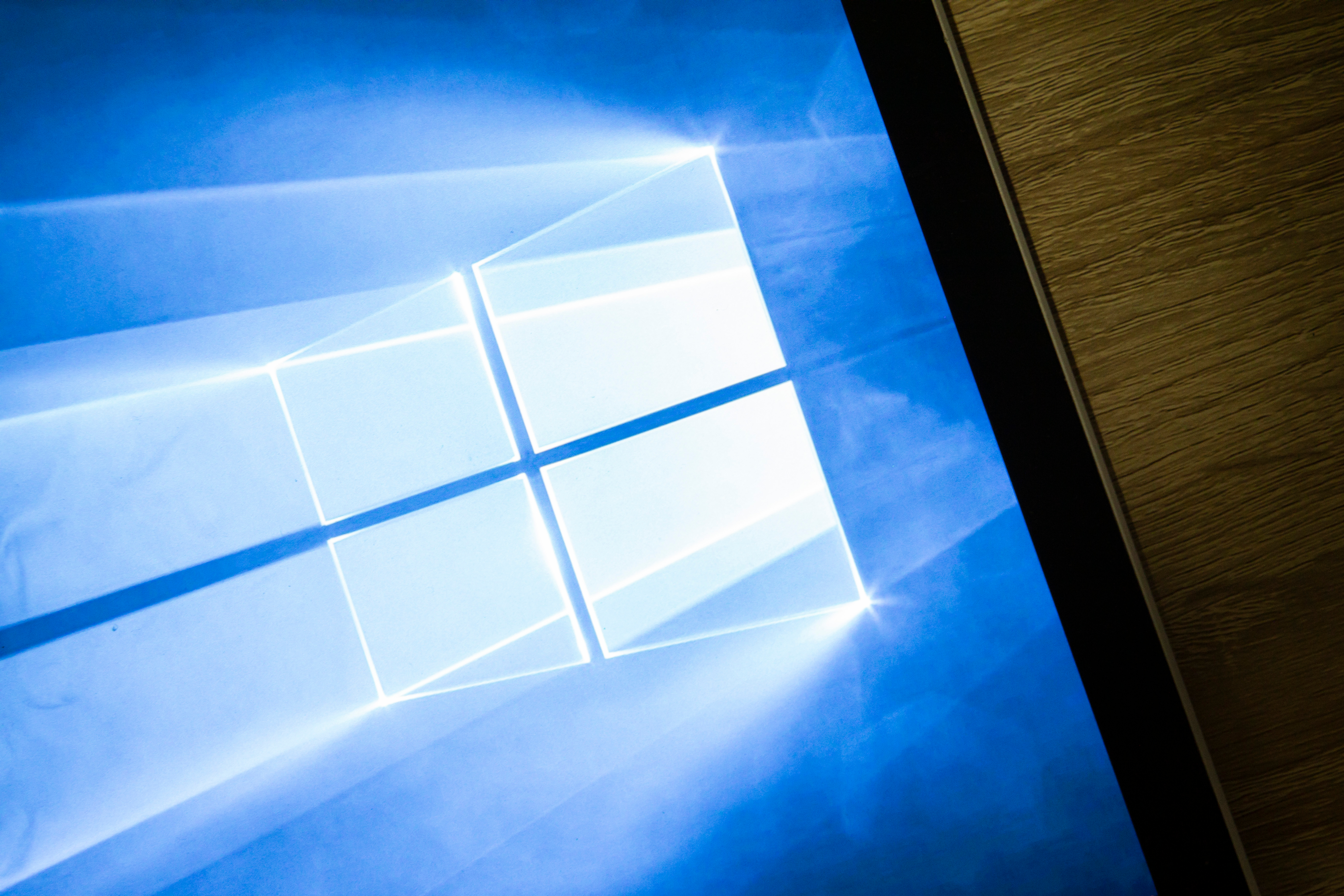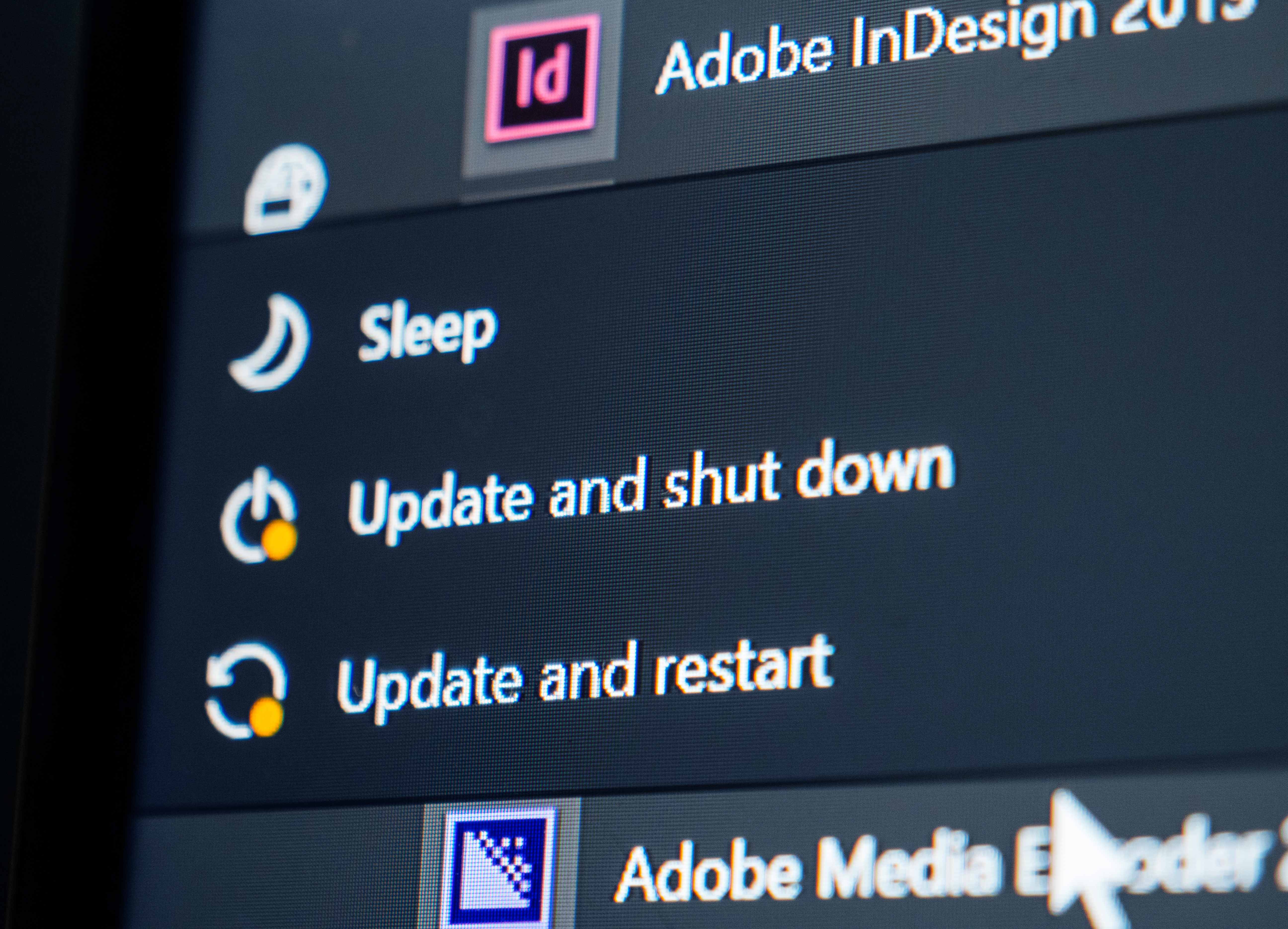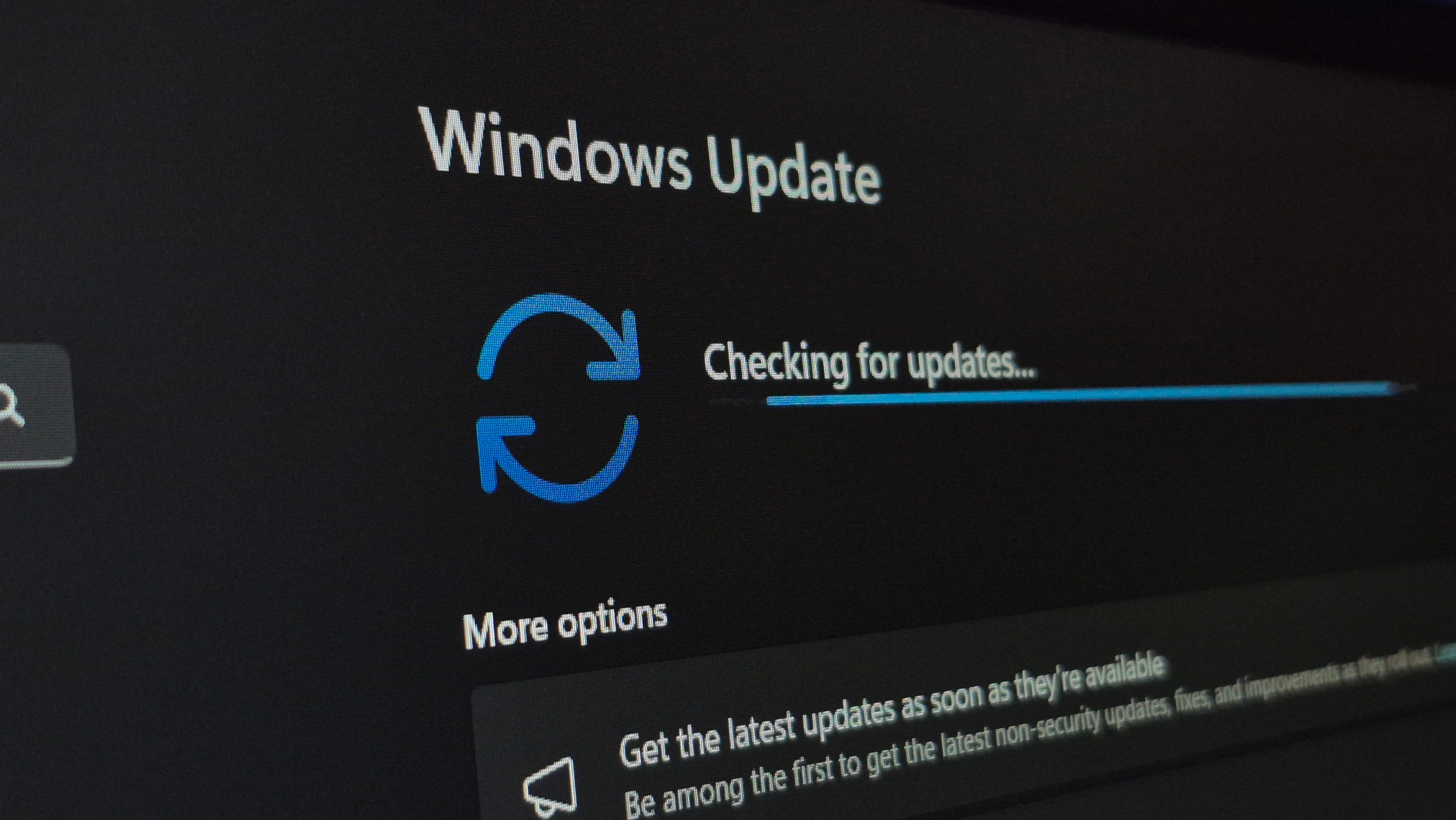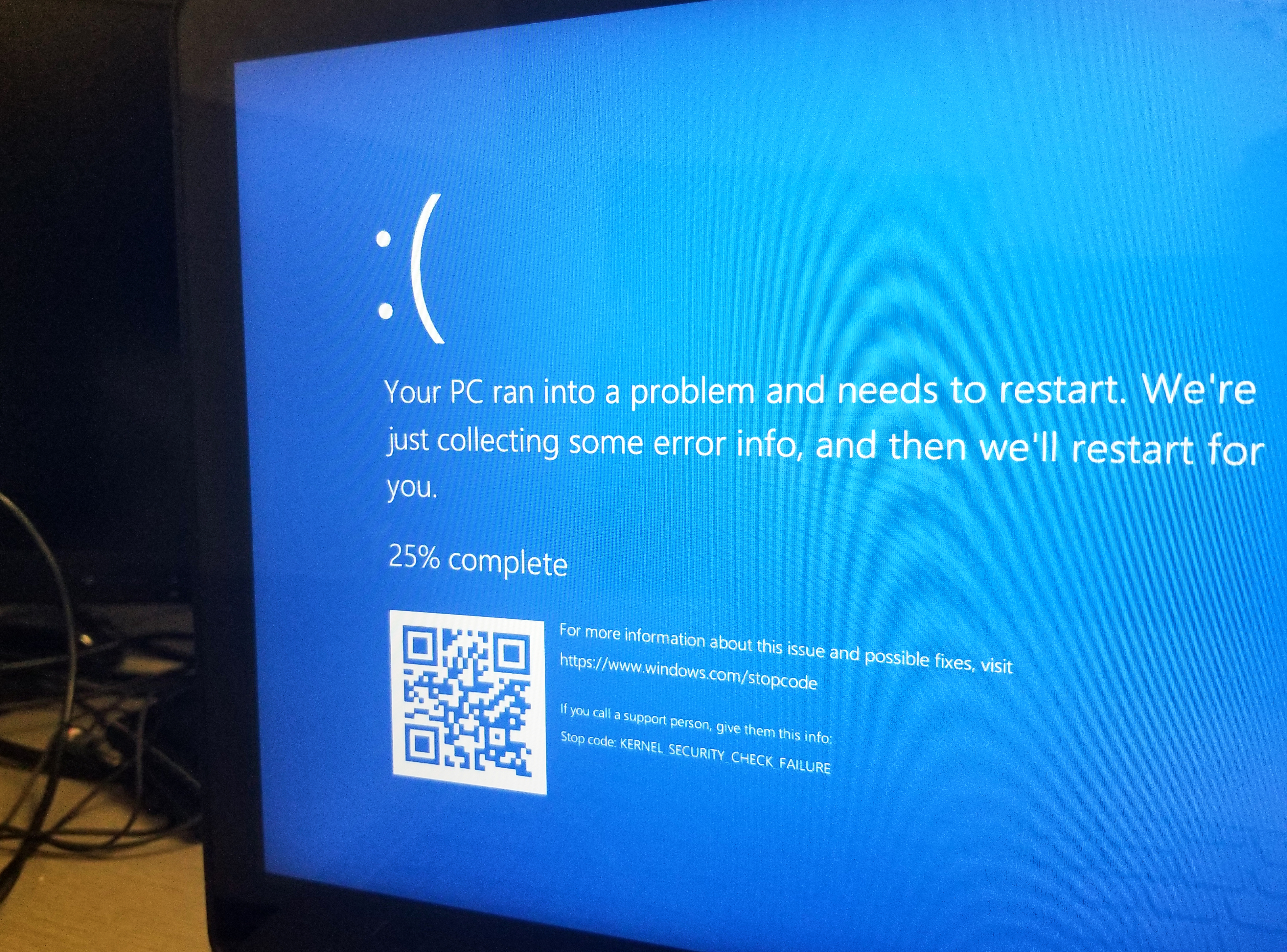10 things businesses need to know about upgrading to Windows 11
Windows 11 can turbocharge your productivity, and Windows 10 support has now ended – here’s what you need to know before your all-important upgrade

Upgrading to Windows 11 is an opportunity to level up productivity, safety and collaboration throughout your organization – because Microsoft has filled the new operating system with new productivity, performance, and accessibility features while beefing up security.
But whether you’re a local company or a complex multinational, an IT upgrade like an operating system migration is a significant change, and one that requires plenty of research, planning and organization.
As ever, the best way to approach a wholesale change like this is to start with extensive preparation. To help you and your business get started, we’ve gathered together ten vital considerations about Windows 11 upgrades that you need to consider – from the OS and its hardware to staff training and sustainability.
Moving to Windows 11 is undoubtedly the best move for your business, so read on to make sure your business is covered from every angle.

The risks of Windows 10
Because we’re now beyond the crucial October 14, 2025 deadline, most versions of Windows 10 aren’t getting support updates – which means that Windows 10 isn’t getting any security updates, either.
Missing out on those critical security updates means that your devices – and, therefore, your business – are more exposed to attack when new vulnerabilities are discovered within the system.
Because the OS isn’t getting updates, you can be sure that hackers will be actively searching for new loopholes and exposed systems, because Windows 10 devices will be seen as easy targets.
Sign up to the TechRadar Pro newsletter to get all the top news, opinion, features and guidance your business needs to succeed!
If your Windows 10 devices are hit by malware, ransomware or data breaches, it could prove extremely costly for your business: IBM’s latest research found that the average cost of a security breach is $4.4 million, and that’s before you consider any regulatory issues or compliance problems caused by running older, unsecured hardware.
Beyond that, breaches can seriously damage the trust you’ve built up with customers, suppliers and partners – causing even more long-term damage for your organization – and they can be enormously stressful and time-consuming for everyone at your business.

Not every device is eligible
Devices can only run Windows 11 if they meet a particular set of hardware requirements. They’re not particularly ambitious, but if you’re running older devices in your business then they still may not be able to use the operating system.
Windows 11 needs a dual-core CPU with a 1GHz clock speed, 4GB of memory, 64GB of free storage capacity and a DirectX12-capable graphics card.
Microsoft’s operating system has some specific requirements that revolve around security, too: in order to get Windows 11 running, your device must have UEFI BIOS software with Secure Boot capability and a TPM 2.0 chip.
Beyond those core requirements, there are stricter conditions if you want to run particular features in the new operating system, with 5G, BitLocker, Snap, Microsoft Teams, two-factor authentication, Wi-Fi 6E, Windows Hello and more all requiring additional hardware like cameras, microphones, and more.
If you’re not sure whether devices are eligible, the Microsoft PC Health Check app is the fastest way to find out, and the Windows Assessment and Deployment Kit is an ideal toolkit to use in larger businesses.
You’ll have to deal with those ineligible devices
If you’ve got devices that you can’t upgrade to Windows 11, then you’ll need to consider your next steps.
It may be worth investigating if component upgrades could bring those machines up to speed, but you’ll probably find that they’re just too old to prove useful.
Evaluate specifications, costs and warranties to make sure you invest in suitable Windows 11 devices, and consider refurbished units if you want to be more sustainable. No matter what you buy, use Windows Autopilot to ensure consistent OS deployments, especially if you’re shipping devices to hybrid or remote employees.
Once you’ve backed up important data and transitioned to new Windows 11 models, think about securely recycling the old equipment to improve your green credentials.
Also explore trade-in schemes or device-as-a-service providers for your upgrades, especially if you want to save some money or opt for more sustainable technology in your organization.

Investigate long-term support options
Despite all of that, there may be some Windows 10 devices that you just can’t upgrade right now because they’re running legacy applications or specialized apps – or because they’re a critical part of complex infrastructure within your business.
If you need to keep running Windows 10 devices for a longer period of time, Microsoft’s Extended Security Updates are worth considering.
These are purchased on a per-device basis and provide critical security updates for three additional years, but the price goes up every year and you won’t get any new features of general tech support.
Those critical security patches mean that Extended Support Updates are worth exploring if you need more time and must keep running some of your Windows 10 devices, but they’re not a cost-effective option or a long-term solution.
Free OS upgrades are readily available
If your Windows 10 devices do qualify for an in-place upgrade, the good news might keep coming – because the upgrade itself is usually free!
The upgrade can be tackled on a per-device basis through Windows Update, but if you’re working in a larger organization then plan a proper rollout using enterprise tools like Windows Autopilot or Intune.
Also check your licensing situation using the Microsoft 365 Admin Center, especially if you’re managing a larger IT estate.
This will allow your organization’s IT department to upgrade securely and consistently across a larger fleet.
Consider applications and drivers
Ready to rollout? That’s great, but before migrating you should audit your current security posture and evaluate the applications that you and your colleagues use on a daily basis.
A thorough audit will help you identify which applications and drivers will continue to work when you’ve migrated and highlight any applications that may cause problems and any outdated drivers that could cause operational issues.
Identifying incompatibilities means you prevent downtime, complications and unexpected costs, and it gives you time to discover and deploy alternative apps.
Also bear in mind that during a phased rollout you’ll be running Windows 10 and Windows 11 simultaneously, so ensure that your apps, drivers and systems will work together smoothly during this period.
And, finally, ensure that device management will continue to work smoothly once you’ve migrated with your Intune, Entra ID and Microsoft 365 deployments if you already use those methods within your business.

Be sensible about the schedule
Your Windows 11 upgrade should include a pilot period that upgrades a small, representative group of devices so you can identify any issues before a wider rollout.
An effective migration plan should define clear timelines and the resources your IT teams requires. It’s also a good idea to align your migration with slower periods within your business so you’re not interrupting productivity at peak times.
No matter the size of your organization, you should upgrade to Windows 11 in phases. This can help maintain business continuity and reduce strain on your IT teams.
Get serious about security
Unsurprisingly, security is vital to Windows 11 - just look at those additional security requirements like TPM 2.0 and the potential security risks of staying on Windows 10. And that means you’ve got to plan for security during and after your migration, too.
During your migration, any weak authentication settings, poorly configured policies or open ports can expose your systems to attacks before you’ve established new defenses, and it’s easier to leave those routes open when you’re in the middle of potentially frenetic and fast-paced switches.
To make sure you’re covered, you should take steps to prioritize endpoint protection, encryption and identity management during the migration.
Your IT teams should take that best practice and keep it going once you’ve migrated, too, with continuous monitoring, regular reviews and frequent staff education and awareness campaigns.
Make sure staff are engaged
Speaking of staff, you shouldn’t just keep them in the loop about security when you’re upgrading to Windows 11, because clear staff communication is vital for any big IT migration.
Your employees need regular communication to let them know what’s changing, when it’s happening, and how they’ll benefit – if they’re going to have access to improved productivity features like Copilot, Snap layouts, widgets and more, they’ll need to know about it.
Early and frequent communication sets expectations, reduces resistance to change and encourages users to back up data, take part in pilot schemes and be more engaged in your IT upgrades.
Make sure that you continue updating users during your rollout, and once you’ve completed the Windows 11 upgrade, provide training, FAQs and resources to help staff members get used to the new operating system – and make sure you keep lines of communication open with feedback opportunities, too.
Start sooner rather than later
We may have passed the October 14 deadline for Windows 10, but don’t panic – there’s still time to plan a proper migration.
And the sooner you start planning, scheduling and communicating your Windows 11 migration, the easier the entire process will be.
Windows 10 may be a familiar operating system for many, but the passing of that support deadline marks the end of an era – and a sign that it’s time to move on.
And while Windows 11 may be unfamiliar for some, its security, productivity and accessibility features make it an ideal next step for businesses and individuals alike – so best of luck with your upgrade, and we’ll see you on the other side!
Mike has worked as a technology journalist for more than a decade and has written for most of the UK’s big technology titles alongside numerous global outlets. He loves PCs, laptops and any new hardware, and covers everything from the latest business trends to high-end gaming gear.
You must confirm your public display name before commenting
Please logout and then login again, you will then be prompted to enter your display name.